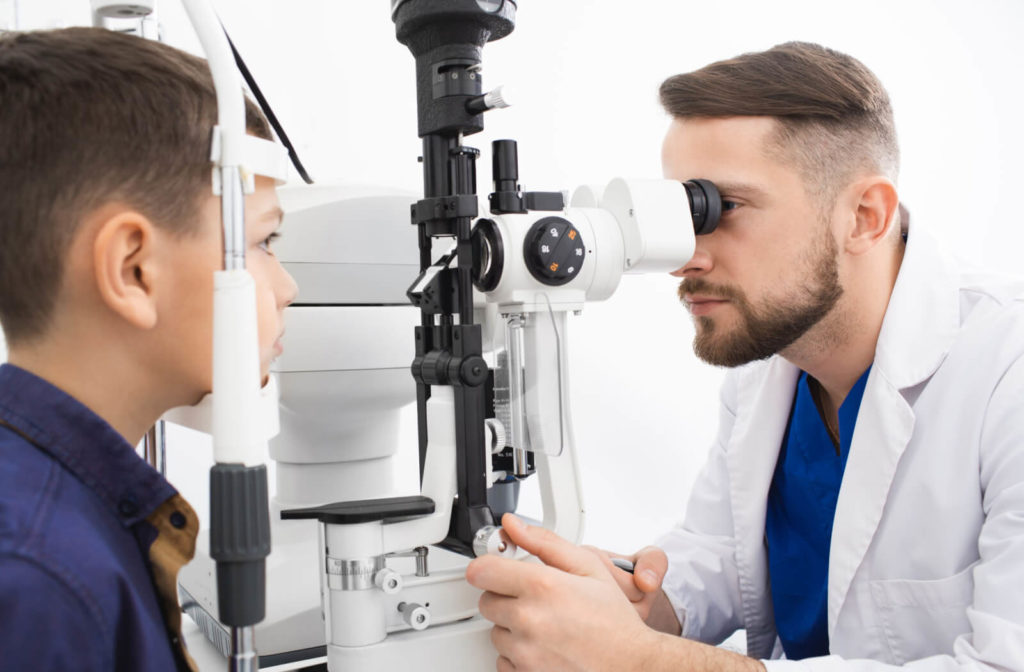1/ Breakthrough in Adaptive Lens Technology

Ultra-thin intraocular lens (IOL) placed on a fingertip – illustrating the new FDA-approved technology with the ability to adaptively change focus, offering flexible vision for post-cataract patients.
Intraocular lenses (IOLs) have become a crucial part of cataract surgery – the leading cause of vision loss in older adults. However, most current IOLs are fixed-focus lenses, meaning patients often still need reading or distance glasses after surgery.
In July 2025, a major milestone occurred: the U.S. Food and Drug Administration (FDA) officially approved the first IOL capable of “adaptive focusing” inside the eye – allowing patients to see clearly at both near and far distances without glasses.
2/ How it works: Mimicking natural vision
This new generation of intraocular lenses – also known as adaptive IOLs – is specifically designed to respond to the natural contraction and relaxation of the eye’s ciliary muscle.
When the eye focuses on near objects, the ciliary muscle contracts – changing the shape of the lens to focus light properly on the retina. When looking far, the muscle relaxes – and the lens adjusts accordingly. This mimics the natural focusing mechanism of a healthy human lens, something previous IOLs could not achieve.
3/ Outstanding advantages over traditional IOLs
| Criteria | Traditional Multifocal IOLs | Adaptive Intraocular Lenses |
|---|---|---|
| Number of focal points | 2–3 fixed points | Continuous, automatically adjusted |
| Focusing ability | None | Yes |
| Risk of glare and halos | Fairly common | Significantly reduced |
| Night vision compatibility | Limited | Much improved |
| Dependence on glasses | Still required | Almost none |
4/ Medical significance and quality of life

Headquarters of the Cincinnati Eye Institute (CEI) – where Dr. Michael Snyder and his expert team are pioneering research on adaptive intraocular lenses, recently approved by the FDA in 2025.
According to Dr. Michael Snyder of the Cincinnati Eye Institute:
“Adaptive IOLs not only enhance vision – they restore the natural feeling of sight that patients deeply desire after cataract surgery.”
For elderly patients, no longer having to switch glasses to read, drive, or cook marks a major lifestyle improvement. The added benefit of improved night vision is also expected to reduce nighttime driving accidents among older adults.
5/ Who benefits the most?
- People aged 50 and above preparing for cataract surgery
- Patients who want to avoid wearing glasses post-op
- Active individuals needing high visual performance for work or sports
- Patients who experienced issues with traditional multifocal IOLs (glare, halos…)
6/ When will this technology reach Vietnam?
Currently, this new adaptive intraocular lens has just been approved by the FDA and is in the early distribution phase to international ophthalmology centers. It is expected to arrive at major hospitals or specialized eye clinics in Vietnam within the next 6–12 months.
Experts recommend that patients planning cataract surgery consult their ophthalmologists about this new lens technology – especially if they wish to maintain high-quality, glasses-free vision.
7/ Conclusion: Vision that’s not only clear – but also free
Adaptive intraocular lenses mark a breakthrough for cataract patients – not just because they improve sight, but because they restore independence, flexibility, and the natural experience of vision.
If you or your loved ones are planning eye surgery, don’t hesitate to explore this game-changing technology.

 vi
vi 18-Jul-2025
18-Jul-2025











 0916.741.763
0916.741.763 Appointment
Appointment